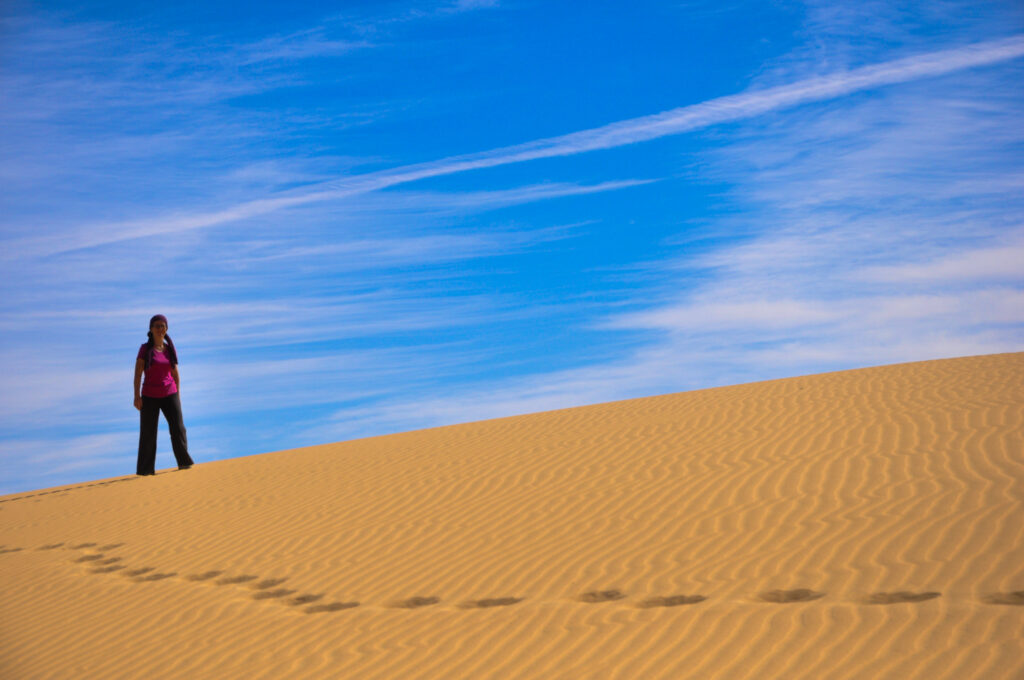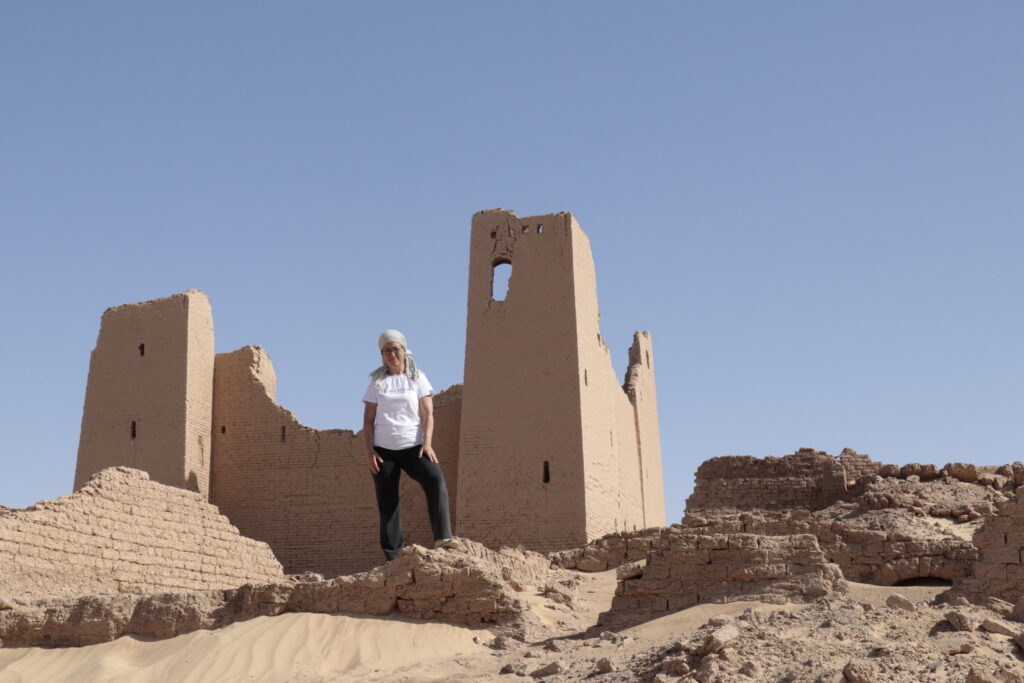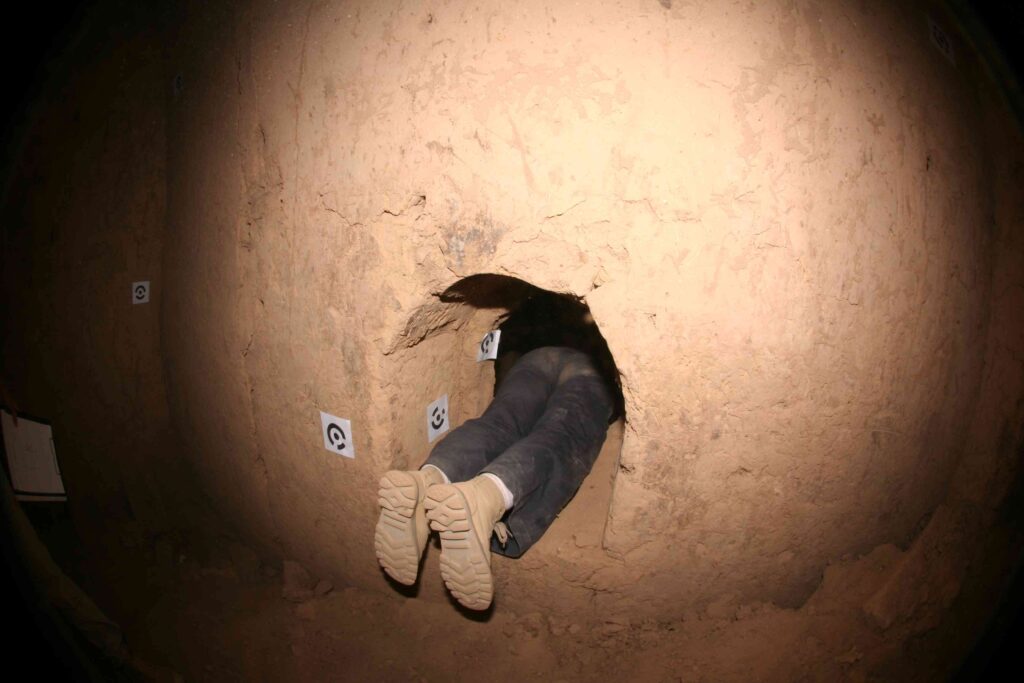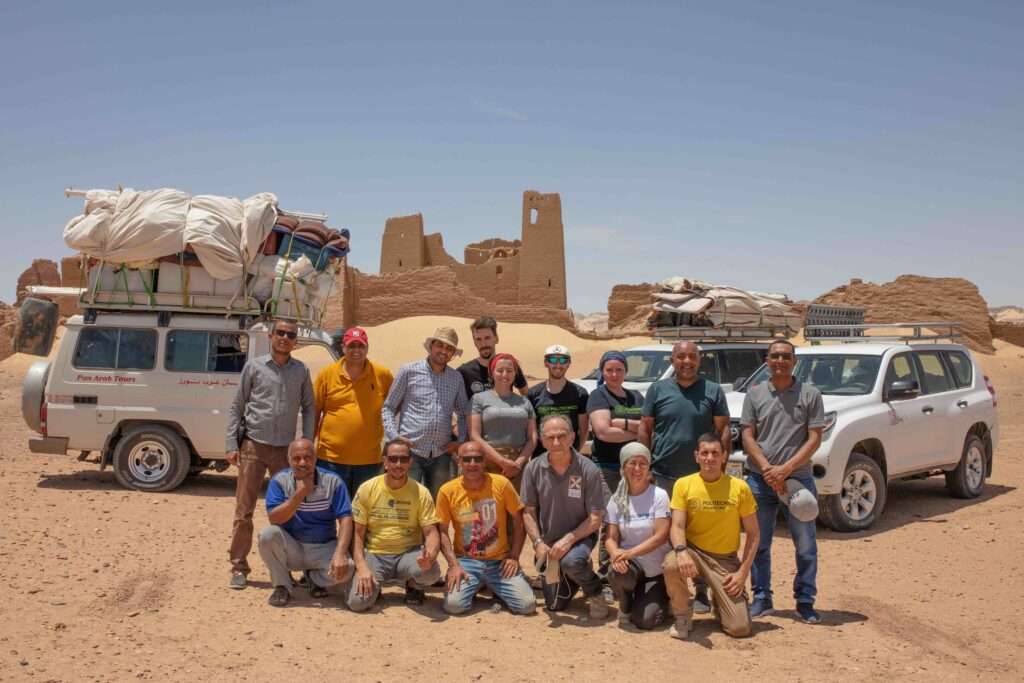Put technology and archaeology together, and new possibilities emerge, leading to incredible discoveries (such as the hidden tunnel in the pyramid of Cheops in Egypt). Making this connection possible are people like Corinna Rossi, an Egyptologist who teaches at the Department of Architecture, Built Environment and Construction Engineering at Politecnico di Milano. We had a chat with her, stealing a moment between a flight to Brussels and a trip to her beloved Egypt for her to tell us about her work.
After studying architecture ('I wasn’t ready to give up science altogether, so I chose a faculty that allowed me to study both humanities and science,' she tells us), Professor Rossi specialised with a master's degree and a doctorate in Egyptology from the University of Cambridge. 'I came to Politecnico thanks to the LIFE project, a research project funded by the ERC Consolidator Grant that I won in 2015,' she explains. 'I designed the project with Politecnico in mind: it was the only environment where I could find the mix of skills necessary for my work.' It is at the ABC department in particular, as the professor is keen to observe, that she has found fellow researchers with expertise in restoration, history, design, the built environment and archaeological surveying.


Rossi and her research team have been working for a long time on finding a way to study without destroying, ie digging as little as possible so as not to risk compromising the integrity of the site and having as light an impact as possible on it. This is the methodology she used in the LIFE project: the aim was to study a late Roman site located along the frontier of the Empire in Egypt, in the Western Desert. The site, called Umm al-Dabadib, is unique in that it is intact and consisting of both a settlement and an agricultural system. 'No archaeological excavation was ever planned there, because it would have a devastating effect on the place'. All archaeological excavations are, by definition, operations to destroy the upper, more recent layers in favour of the lower, older ones. But in the specific case of Umm al-Dabadib this is compounded by another problem: 'Looking at the cost/benefit ratio and the sustainability of having a team of 25-30 people living in a site without water or electricity, the excavations would compromise the natural balance and integrity of the site, which, along with the rest of the oasis, is on the Tentative List of UNESCO sites combining culture and nature'.


Therefore, archaeologists and architects from Politecnico studied the 3D survey of the site by comparing it with the metrological study of the buildings (ie by reconstructing the geometry of the visible part of the remains): they were thus able to hypothesise what lay underneath. 'Once we had a clear idea, we went for it: when we excavated, we found exactly what we expected. This allowed us to more precisely identify areas for further investigation.' In addition to technology, the researcher emphasises, what made the reconstruction possible was the work of Egyptologists, who cross-referenced historical data and data from other investigations.
Another aspect that comes up during our chat on modern Egyptology and technology is the relationship between architecture and mathematics in Ancient Egypt, a topic on which Rossi has published several works. 'The method of using arithmetic and geometry in architecture has changed a lot over the centuries,' she explains. 'Now we tend to look at the architecture of the past using modern mathematical and architectural concepts, but this is wrong.' Think of pyramids: in the modern world, it makes sense to talk about inclination using degrees, but in Ancient Egypt there were no angular measurements and linear measurements were used instead: 'Imagine resting your elbow on a point on an inclined face of a pyramid. Holding your arm vertically, you can measure the distance between your vertical hand and the face of the oblique pyramid: that will be the seked, or inclination.' The pyramid of Cheops, for example, has a seked of 5 palms and two fingers, equal to about 52 modern degrees. 'Using degrees allows us to communicate more directly, but if we really want to understand the ancient construction method, we have to change our perspective to gain a clearer view of the situation'.


In addition to the LIFE project, there is now also a collaboration between Politecnico and the Egyptian Museum. How did it come about? 'We found each other,' says Professor Rossi with a laugh. 'Director Christian Greco has initiated a major renovation of the very concept of a museum, which is a material encyclopaedia of our past and must exist not only to preserve important finds, but also and above all to do research. We collaborate in experimenting with new ways of studying objects, with the freedom of action provided by Politecnico in terms of research and being outside of market pressures'.

What if we went so far as to talk about the metaverse, in a museum 2.0? 'The digital sphere can potentially be used to recontextualise objects, but we are still in the experimental phase, and above all there is a fundamental problem: the effort required to produce digital content is too often underestimated. Producing the 3D model of an object is not enough, you have to create the web of information that revolves around the object in order to communicate its history. Similarly, you need a deep knowledge of the digital space in which you can move around in order to build it and for such knowledge there must be a large number of Egyptologists and computer scientists dedicated to creating the place that is being reproduced in the metaverse. This is a very promising direction, in which, however, substantial investments need to be made'.
We managed to get this interview with Professor Rossi by carving out time between a flight back from Brussels, where she was a panel member for ERC projects, and an outward flight to Egypt, where she will be assisting the Egyptian Museum in Saqqara. 'Our task is to carry out a three-dimensional survey of the stratigraphy, ie to photograph each archaeological layer as it is unearthed by archaeologists.' This is another way in which technology can help: drawing each layer would be a much longer and less precise process, while photographing it allows us to capture details that the very archaeologists who oversee the excavations can sometimes overlook.
Before saying goodbye, we ask Rossi to tell us about the most exciting discovery she has made in her career. 'I'll tell you two: one much desired, the other completely accidental. The first one dates back to 2022, at the Umm al-Dabadib site (Ed: the LIFE project site), when we found the first four papyri ever found there. Two of them are complete and intact letters, one had never been opened: it was an indescribable emotion.quello del progetto LIFE, NdR) abbiamo rinvenuto i primi quattro papiri mai ritrovati lì. Due sono lettere complete e intatte, e una non era mai stata aperta: un’emozione indescrivibile”.
"The second discovery, the accidental one, occurred 20 years ago: I was working at Tell el-Amarna with the British investigation and, while walking in the coronation hall of Pharaoh Smenkhkare, I literally tripped over a stone... which turned out not to be a stone at all, but the fragment of a statuette depicting a princess from Amarna. How is it possible no-one had found it before me?!"
Finally, we asked her a quick-fire question: three things that made her fall in love with Egypt. 'The geometry of the pyramids, the desert, the nature that takes over as soon as you get out of the city'.